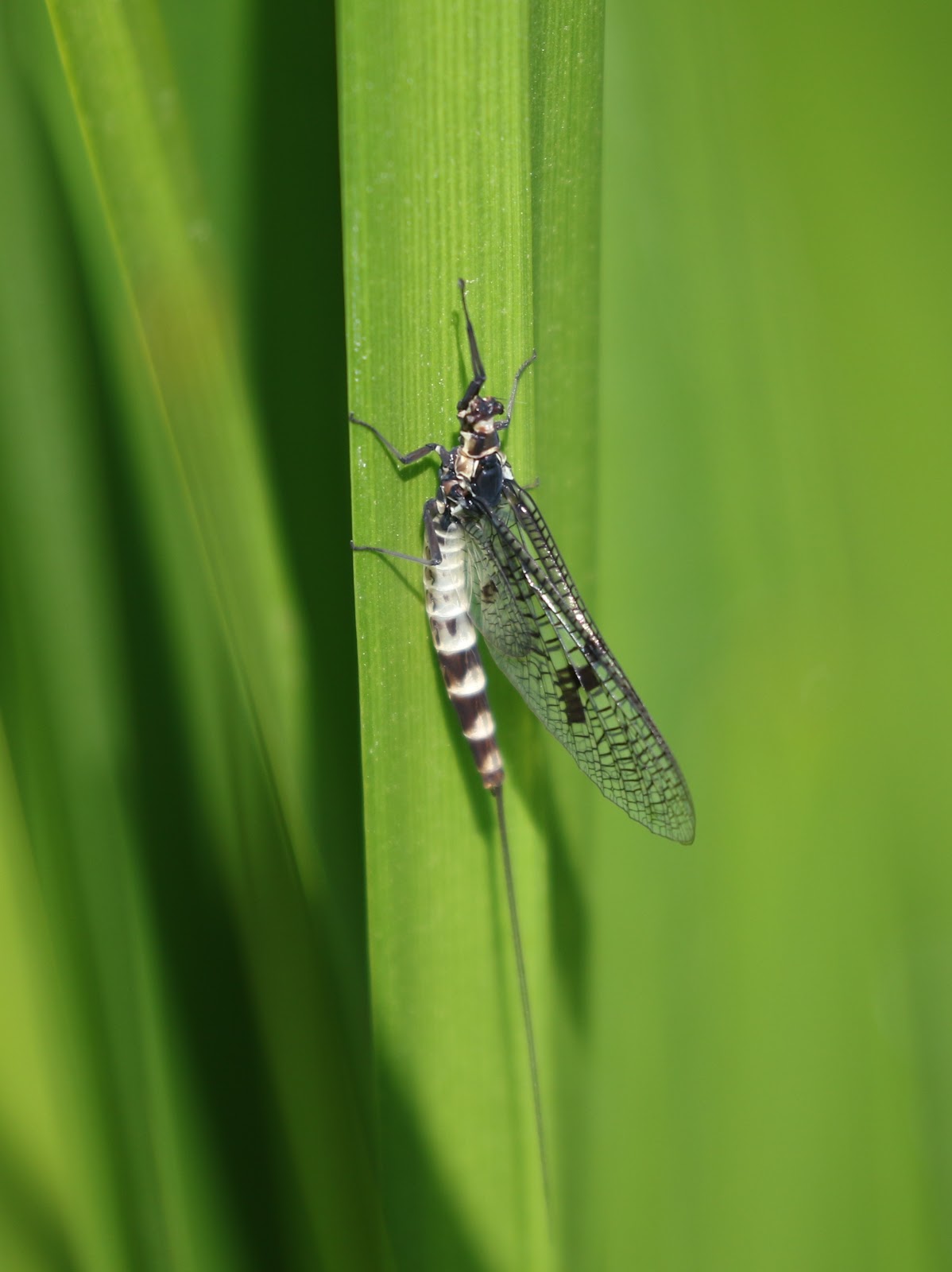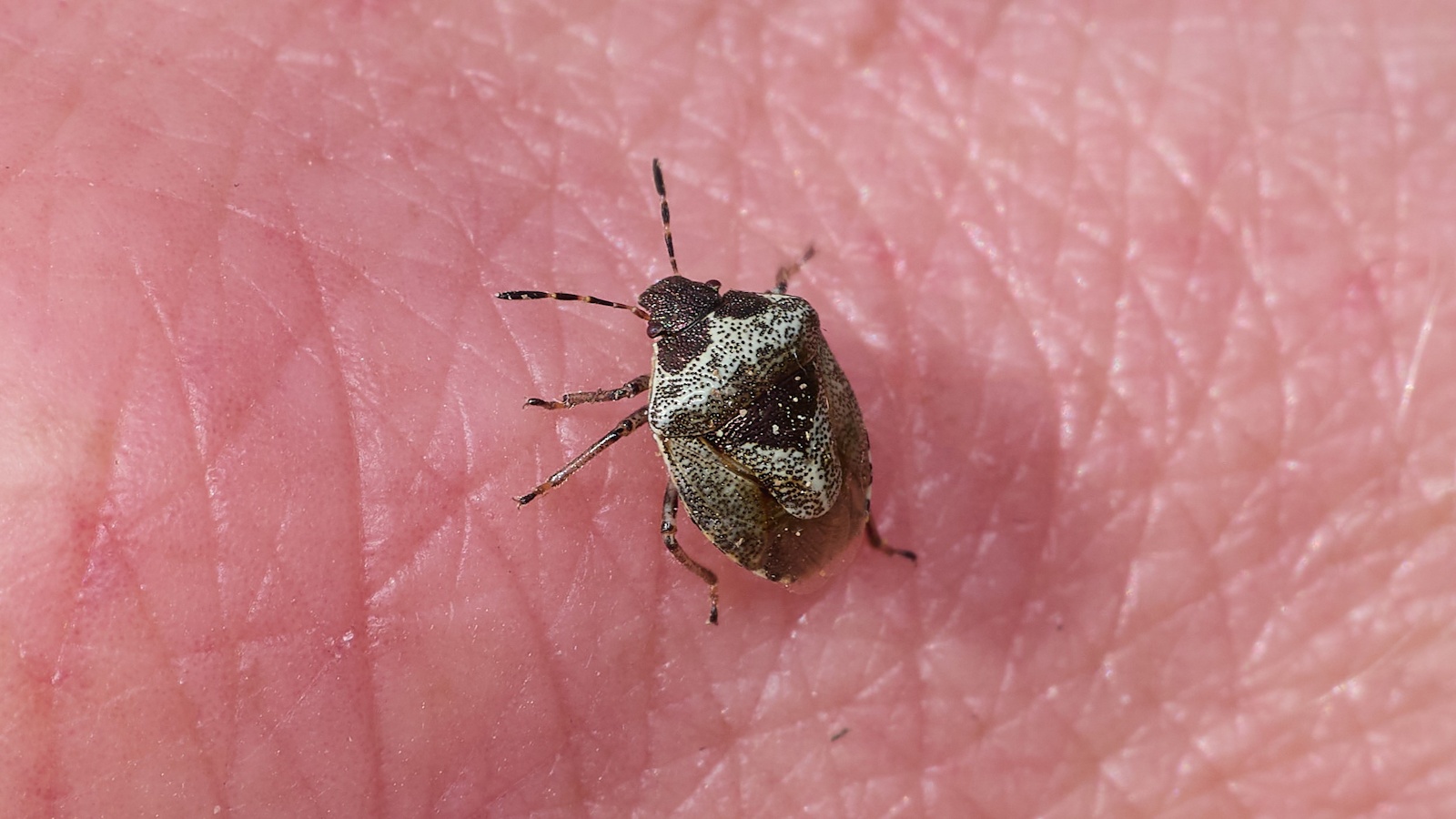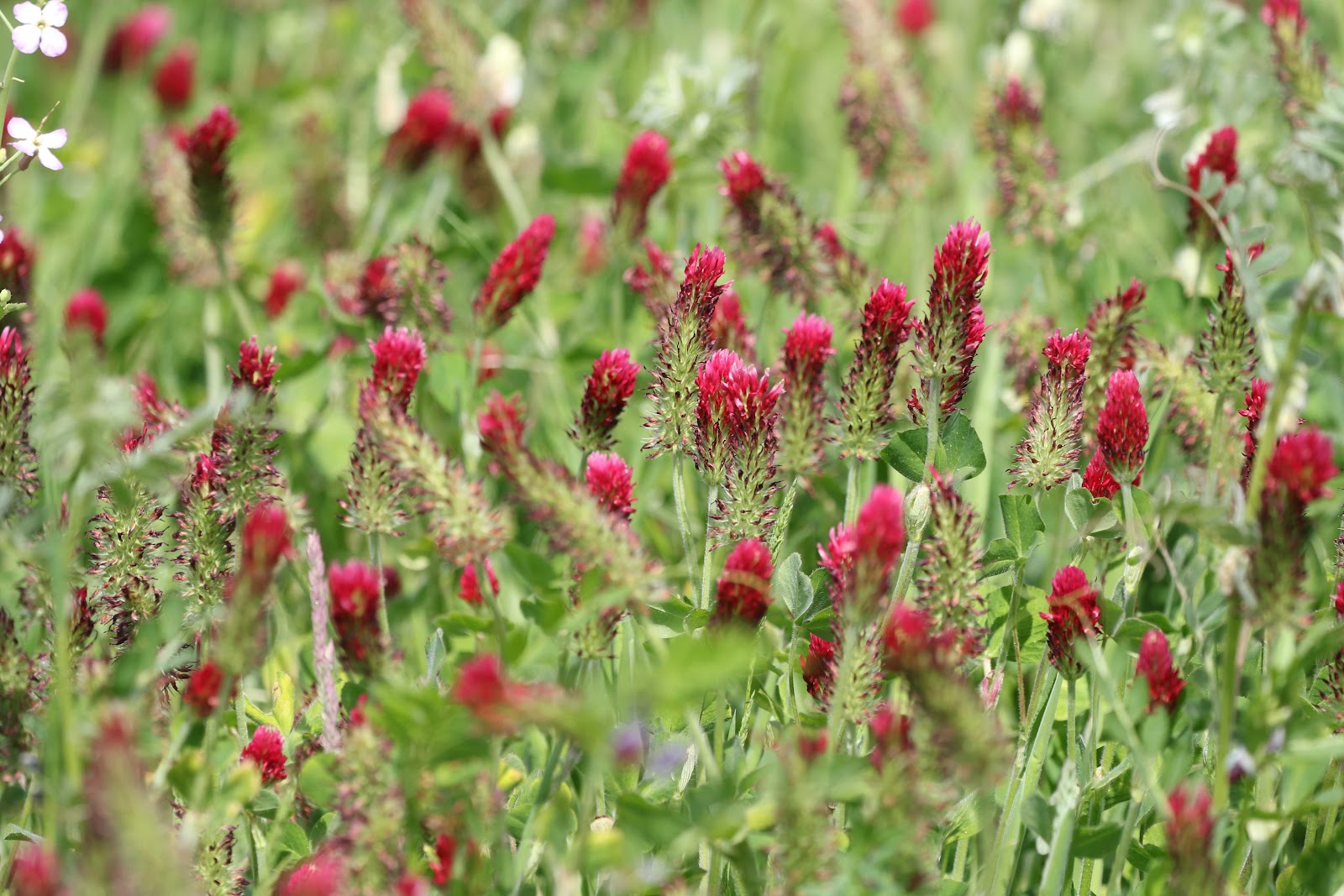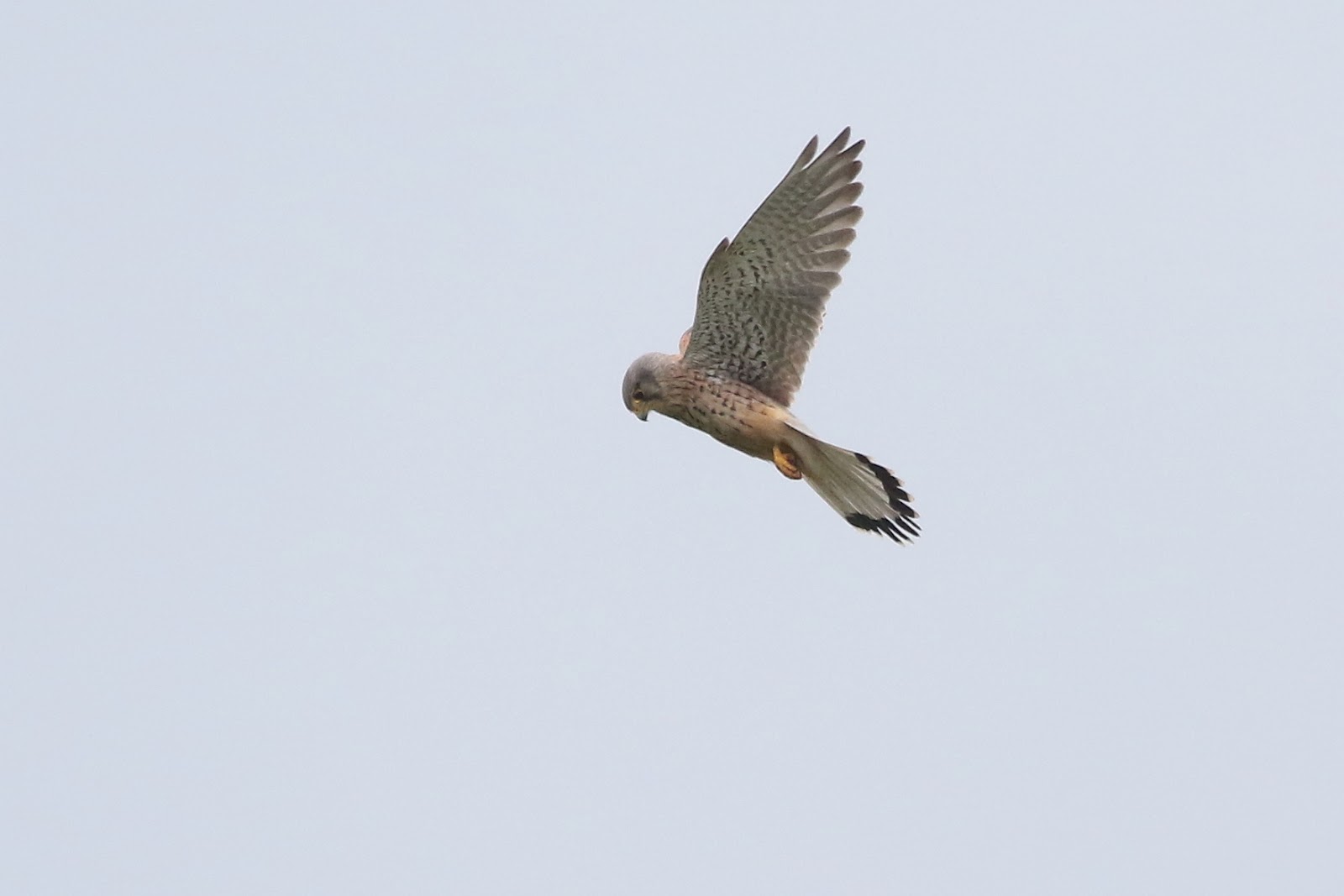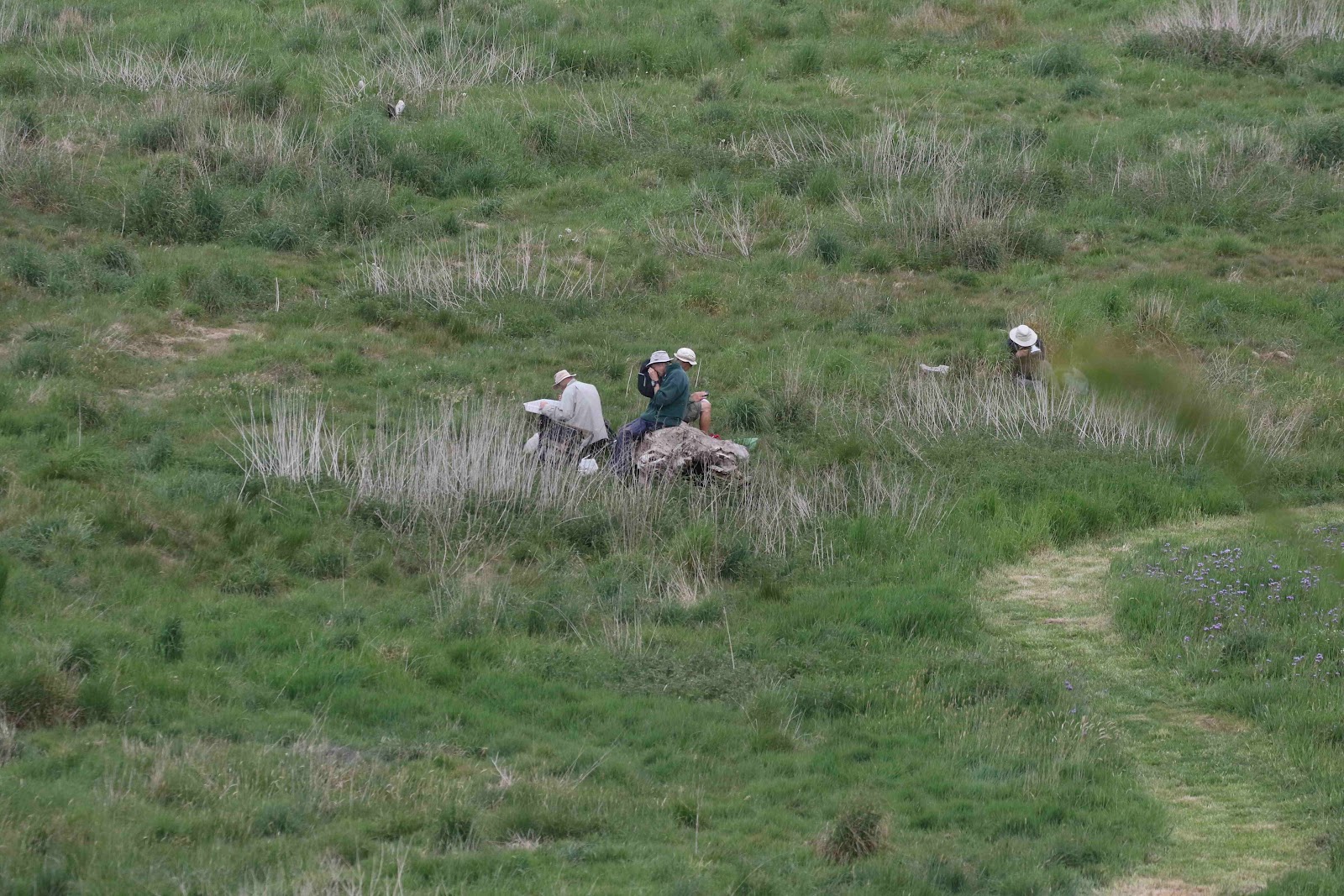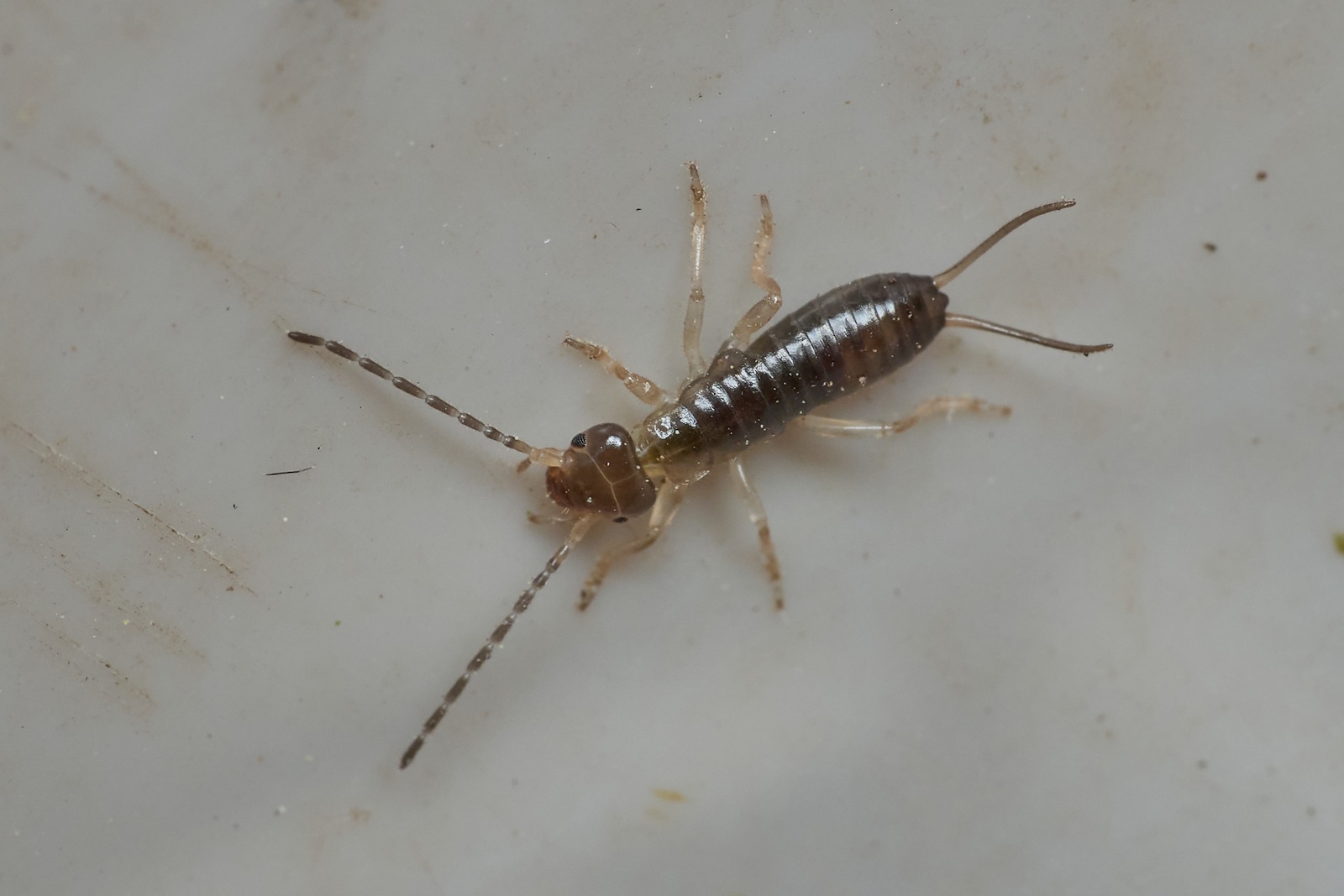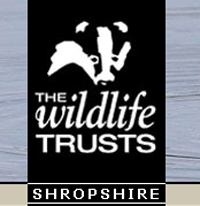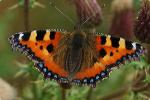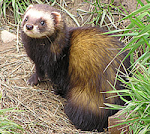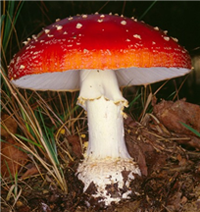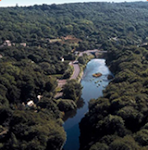Wednesday 21st May 2025, Pasford Farm.
This outing was a return to Pasford Farm on the Shropshire/Staffordshire border.
We last visited in July 2022, so this outing was long overdue!
The site is an arable farm (mostly in Staffordshire), with an extensive area of grassland, some woodland, a stream and a pool (mostly in Shropshire) set aside with the intention of improving biodiversity.
We were met by our enthusiastic host who told us about all the changes they had made recently including a newly dug “canal”.
The site is quite large, we started at more or less the mid point, checking out the vegetation at the sides of a bridge that spanned the stream. We noticed a large mayfly, Ephemera danica on the vegetation.
Which way are we going?
We went north (towards the recently created canal), starting in a grassland field bordering the stream we had just crossed.
An early victim of the suction samplers was a Woundwort Shieldbug.
The small shieldbug was returned from whence it came.
Another innocent captured by the influx of air into a net bag was a beetle identified as Oulema obscura.
These were followed soon afterwards by an observation of one of our most striking froghoppers, Cercopis vulnerata, sometimes referred to as the “Red and Black Froghopper.
The edge of the stream and the damper conditions around it became the focus of attention.
A pair of Slender Groundhoppers were busy doing what comes naturally.
I am not sure what sort of habitat our next photographer’s model was found in, but it looks similar.
This lovely creature is a Green-socks Peacock beetle, the “circles” on its back reminding us of the circles on a male Peacock’s tail.
Our last observation before leaving this area was the weevil Phyllobius piri.
Moving further north we passed out of this initial field into a long field in a valley.
As you can see in the photograph the vegetation has yet to establish itself, but a wildflower mix had been sown around it, which provided a swathe of colour and blooms.
Included in this mix were Fodder Vetch.
Hungarian Vetch.
And Trifolium incarnatum subsp. incarnatum, known, more conveniently, as Crimson Clover.
A Large Skipper taking advantage of the clover;
A nymph of a Roesel’s Bush Cricket;
And a small lacebug, Tingis ampliata.
For lunch we retired to a platform in the nearby woods that was furnished with chairs, a heater (not required) and a table made from an old cable or rope drum laid on its side. However, to reach the platform we had to cross the stream on a bridge that was the width of a wooden railway sleeper! Fortunately, there was a tape strung across which we were able to hold and help with balance.
Despite cameras being at the ready, no-one fell in, leaving the paparazzi disappointed.
Out host arrived with drinks and flapjack, which were greatly appreciated.
During lunch we were entertained by a number of damselflies doing damselfly-y things at the edge of the stream.
Thanks to patient stalking by the photographer, he was able to photograph them for our benefit.
A Beautiful Demoiselle.
A female Banded Demoiselle.
And a male Baded Demoiselle.
As we made our way back to the northern field, we noticed the clouds gathering to the south.
Not long afterwards the clouds had moved overhead and were looking more threatening.
We carried on!
A striking spider was located, Larinoides cornutus.
Looking up there was a Kestrel doing its distinctive Kestrel hovering.
The occasional roll of thunder was heard in the distance.
We ignored it and carried on.
Looking down on the scene ...
Another spider was found. A Nursery web spider, Pisaura mirabilis, carrying its eggsac.
Nearby we spotted a larva of a 7-spot ladybird.
We wandered on, the thunder seemed to fade away…
Had we avoided the storm?
A juvenile Stonechat made its presence known.
 |
| Photograph: John Martin |
As we meandered along the elongate canal edge we observed a Common Blue butterfly.
At last we reached the end of the canal. Here it opened out into a small pool.
The smooth surface of the pool was soon disturbed by expanding circular ripples as drops from the sky hit the water.
Yes, it was raining.
Tempting as it was to stand there and enjoy getting wet for the first time in a few months, we retired to the shelter of some nearby trees.
It soon eased and we continued on our way.
Eventually some of us reached the end of this field, passing large patches of buttercups.
Having got to the end what else was there to do, except return to the start.
And that is what we did, spotting an adult Field Grasshopper on the way.
And a Painted Lady.
My thanks to the owners of Pasford Farm for granting us permission to enjoy ourselves and providing lunchtime refreshments. My gratitude to the photographers for providing their excellent images for this report.
